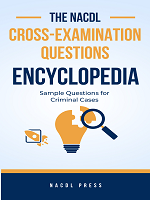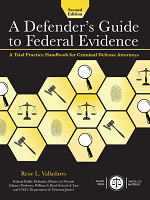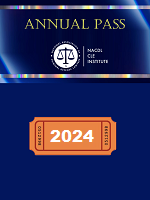Opinions
-
North Dakota v. Brossart (August 1, 2012): The Brossart case is the first in which a US citizen was arrested on US soil with the assistance of a drone. For media coverage of the the Brossart Case, click here.
Return to Domestic Drone Information Center Homepage
Supreme Court Decisions on Manned Aircraft
-
California v. Ciraolo (May 19, 1986): After officers received a tip that a man was growing marijuana in his backyard, and the police were unable to view the back yard from the ground due to a fence blocking their view, officers used an airplane to view the defendant’s backyard where they found marijuana plants growing. Because the airplane flew at an altitude of 1000 feet, as permitted by Federal Aviation Administration (FAA) regulations, the Court ruled that the defendant’s backyard was in “public view” and the defendant had no reasonable expectation of privacy in his backyard from this altitude.
-
Dow Chemical v. United States (May 19, 1986): The Environmental Protection Agency (EPA) hired an aerial photographer to take pictures of the Dow Chemical plant after Dow refused to consent to a “search” of the property by the EPA. The Court held that “the open areas of an industrial plant complex are not analogous to the ‘curtilage’ of a dwelling for purposes of aerial surveillance.” Therefore, the use of an airplane to conduct surveillance of an industrial plant was not a search under the Fourth Amendment.
-
Florida v. Riley (Jan. 23, 1989): Officers received a tip that Mr. Riley was growing marijuana in a greenhouse near his mobile home. Officers used an aircraft—a helicopter—to view the marijuana plants through a crack in the greenhouse roof. The officers were well within navigable airspace under Federal Aviation Administration (FAA) regulations; therefore, the Court held that the law enforcement surveillance did not constitute a search under the Fourth Amendment.
Return to Domestic Drone Information Center Homepage
Other Relevant United States Supreme Court Cases
-
Kyllo v. United States (June 11, 2001): The Supreme Court held that the use of a thermal imaging device to detect a marijuana grow house constituted a search under the Fourth Amendment. The Court reasoned that the police used a device not in “general public use” to gather information about the inside of a home that they otherwise could not detect. This “general public use” language may be extremely relevant to a legal analysis of drone use under the Fourth Amendment. Click here to read the full decision.
-
United States v. Jones (Jan. 23, 2012): A unanimous Court held that the attachment of a GPS device to the defendant’s car was a trespass and therefore constituted a search under the Fourth Amendment. Most important to the drone analysis, however, are the concurring opinions of Justice Sotomayor and Justice Alito, which discuss long-term monitoring of a suspect’s movements. Under the “mosaic theory,” which is a collection of numerous pieces of data which create a large mosaic picture, constitutional concerns may exist, especially in light of the technology that is available to be utilized by drones, like facial recognition, continuous video recording, etc. Click here to read the full decision
Other Relevant Court Cases
- Taylor v. Huerta (May 19, 2017): The D.C. Circuit Court of Appeals invalidated the Federal Aviation Administration's small drone registration mandate. The decision reversed the requirement that those who recreationally use "small Unmanned Aircraft Systems" weighing between 0.55 and 55. lbs must register their drones with the agency or risk fines and potential jail time. With this nullified registry, small drones can be operated for commercial use without having permission from the FAA first. Click here to read the full decision
Return to Domestic Drone Information Center Homepage






